RSS

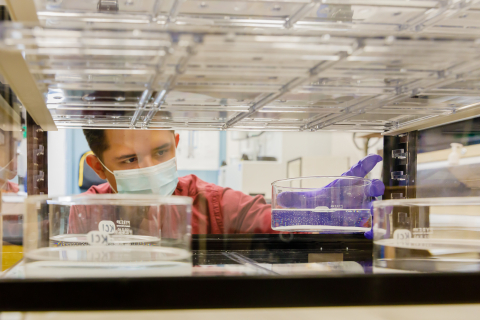
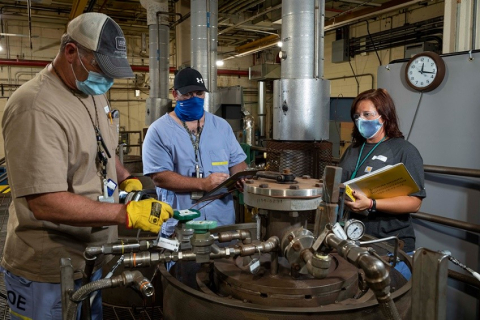
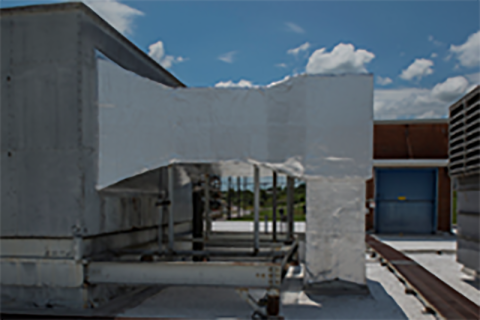
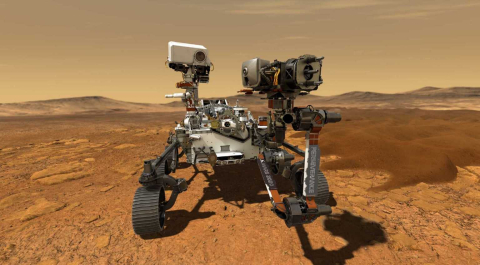



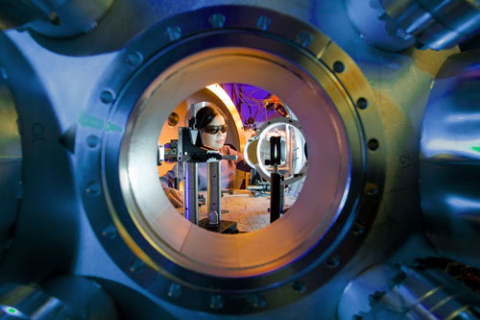


NNSA recently launched a website intended to assist partners with the requirements surrounding international nuclear safeguards.

Using knowledge gleaned from nuclear weapons work Sandia National Laboratories has developed a new way to make and test high-quality N-95 face masks

The science behind baking a cake is at work at NNSA’s Y-12 National Security Complex.

NNSA is rising to meet the challenges of its aging infrastructure.

Son of NNSA employee won a nationwide NASA contest to name the extraterrestrial vehicle.

What some members of the NNSA family accomplish in their spare time is truly unexpected.

The NNSA administrator was the keynote speaker a special “Visionary Women” event at DOE headquarters

The first production unit of the B61-12 Life Extension Program canned subassembly was certified by Y-12 National Security Complex four months early.

Scientists at NNSA's labs explore the world of antimatter through various experiments and tools.

Most matter has never been directly observed – this “dark matter” is wholly invisible to the entire spectrum.

